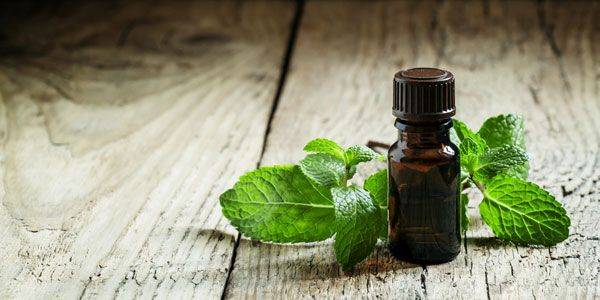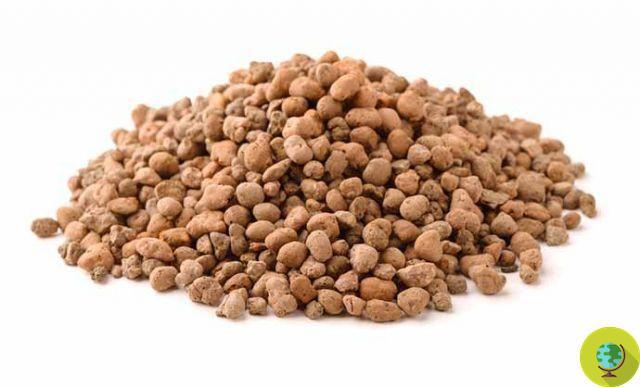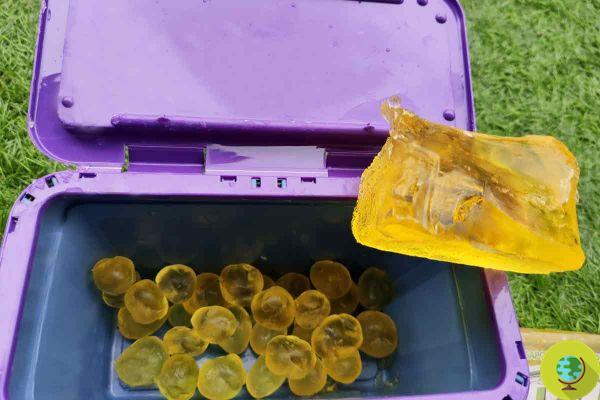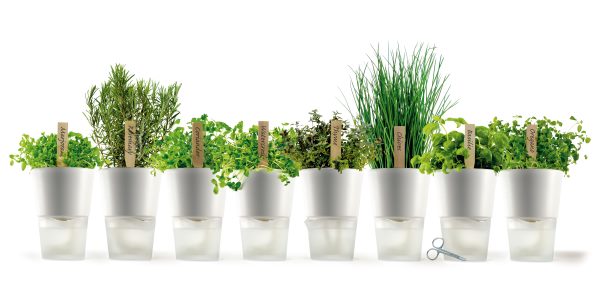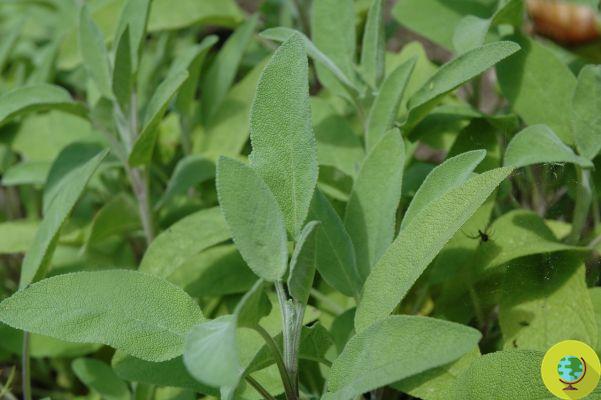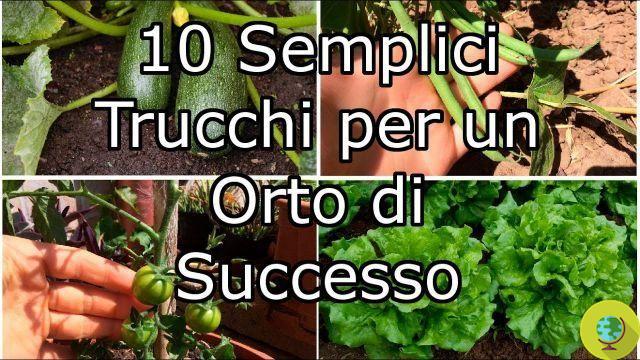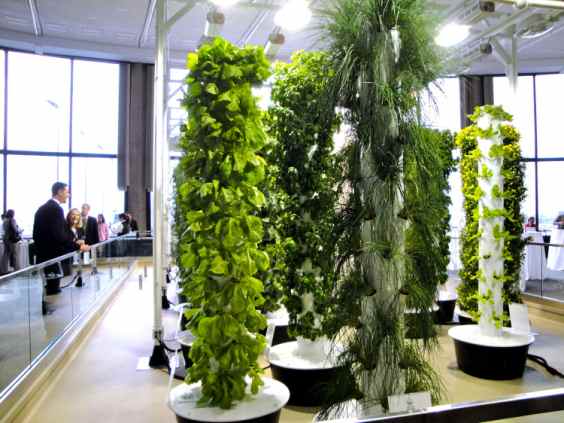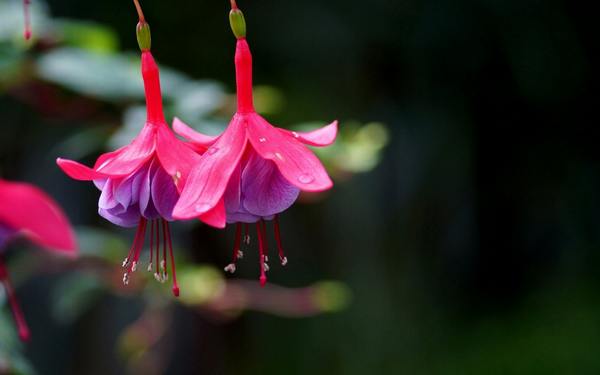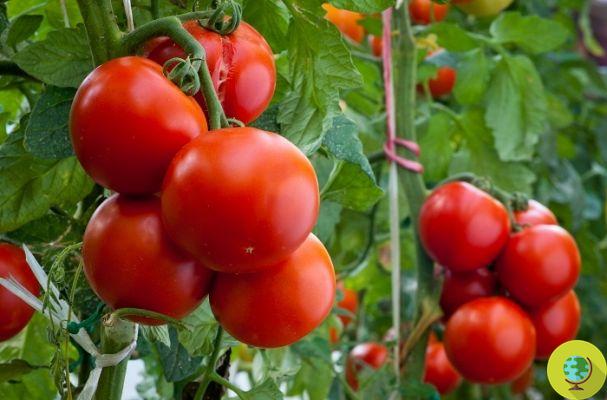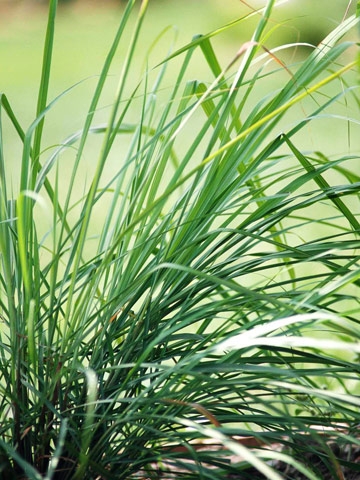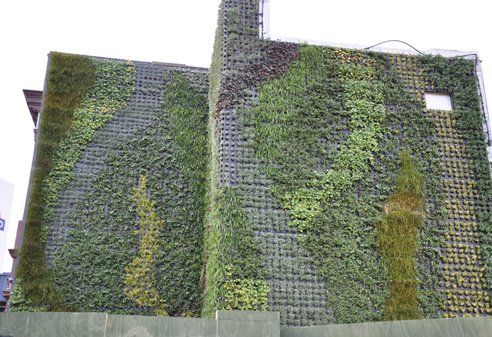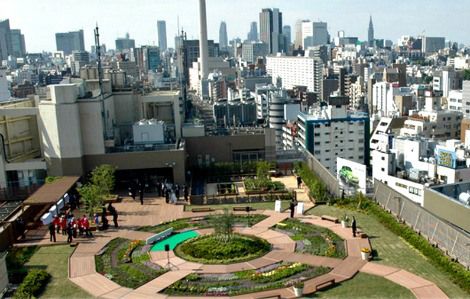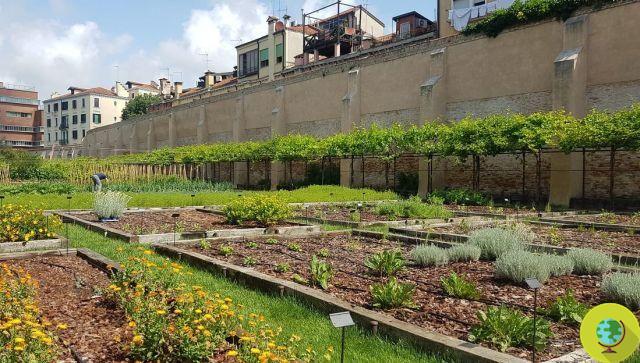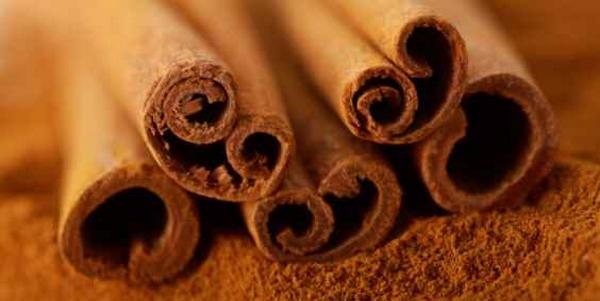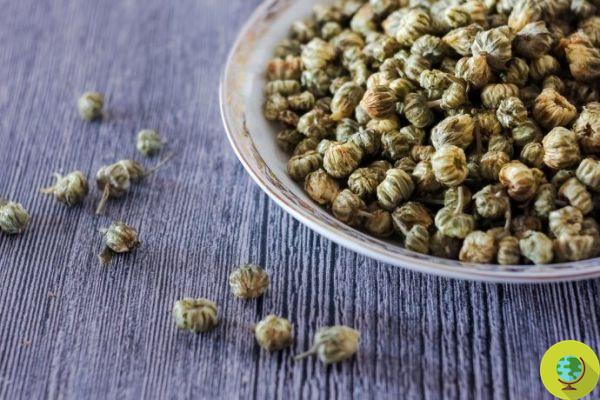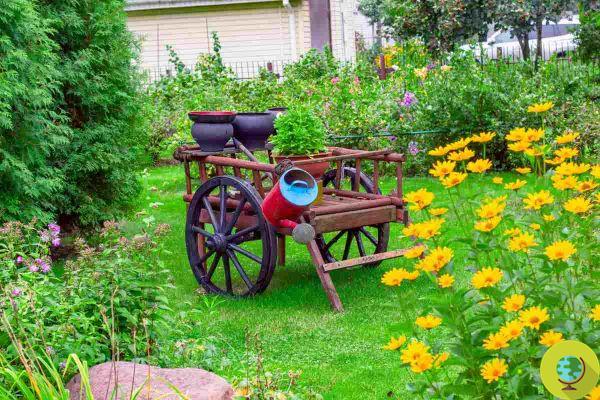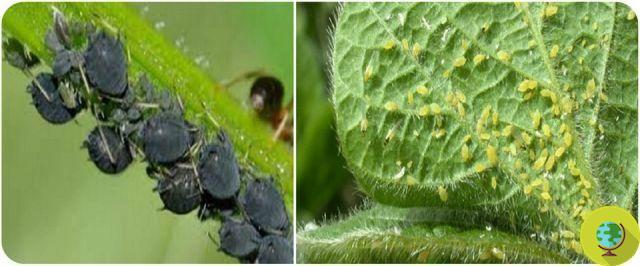
Plants and fruit trees can be attacked by numerous species of parasites. To avoid resorting to insecticides and pesticides, prevention is recommended first. In the case of some plant parasites, for example, it is possible to intervene by manually removing the eggs. Organic farming suggests some interesting remedies against the different types of parasites. We list the main ones.
He is about to end up run over, his mother saves him
The plants of thegarden and fruit trees can be attacked by numerous species of parasites. To avoid resorting to insecticides and pesticides, we first recommend the prevention.
In the case of some plant parasites, for example, it is possible to intervene by manually removing the eggs. L'organic farming suggests some interesting remedies against the different types of parasites. We list the main ones.
Index
AFIDI
Aphids are tiny insects that can easily attack both vegetables and potted plants. You will be able to recognize them by their bright green color. If the aphid infestation is still in its infancy, try to get rid of them by simply using a spray bottle with cold water, preferably in the evening. Among the natural remedies to fight aphids we find the cinnamon andinfusion of garlic or onion.
Read also: Aphids: how to fight plant "lice" with… cinnamon!
Dorifora
Colorado beetle is a beetle which feeds on leaves. It mainly attacks potato and eggplant plants. The damage caused by the Colorado beetle can be avoided by checking the base of the leaves from time to time. It is precisely at that point that the insect lays its own eggs, orange in color and with a gelatinous consistency. Organic farming suggests to carry out preventive treatments based on Bordeaux mixture.
Cabbage
La cabbage butterfly it is the parasite that most frequently affects cabbages. The cabbage has white wings, with small black spots, and its size is quite small. It lays yellow eggs at the base of the cabbage leaves. Starting from the first days ofautunno, it is recommended to carry out weekly inspections to check for the presence of eggs and delete them manually. Against cabbage the tomato macerate.
Read also: Tomato macerate against aphids and garden parasites
Flies
There are some particular types of flies that prefer to attack certain plants in the garden. We can speak thus of carrot fly, of onion fly and asparagus fly. To prevent these insects from attacking the plants in the garden, tradition suggests alternating the most endangered vegetables with parsley seedlings.
Powdery mildew
Powdery mildew indicates a plant disease caused by a group of funghi which is classified with the term Oidium. Powdery mildew can affect both horticultural plants and species grown in pots. It manifests itself with white spots. Among the causes of the appearance of him we find heavy rains and excessive watering. He is advised to carry out regular but not too abundant irrigations. Among the natural remedies to be applied on diseased leaves, we find the horsetail macerate andinfusion of garlic.
Altica
L'altica, or ground flea, is also known as the cabbage or beet flea. It's a beetle green-golden color. Organic farming recommends the pyrethro, which must be used to intervene on insects in the early morning. It is a natural insecticide low toxicity - one of the few allowed by organic farming. It is obtained from the flowers of tansy.
Peach bubble
The peach bubble is a mushroom which belongs to the class of Ascomycetes. It is widespread mainly in the northern regions and affects the leaves and shoots of peach trees. The disease is recognizable by the presence of real bubbles of red color on the plant. To prevent peach blister, it is recommended to plant some garlic bulbs at the base of the trunk. As soon as the disease manifests itself, it is necessary peel off the leaves diseased and remove them from the tree, and then throw them in the organic waste.
Acari
Mites are tiny parasites. Their presence is recognizable usually only after damage has occurred. It will in fact be possible to notice withered leaves and, among them, some thin whitish cobwebs, on which some species of mites lay their eggs. It is possible to intervene by manually deleting them. Not all mites are harmful to plants. Some of them are in fact used for the biological fight against harmful parasites.
Downy mildew
The term downy mildew indicates both a plant disease and the parasite family capable of causing it. Downy mildew manifests itself with depigmentation of the leaves and necrosis or rotting of the fruits. When it affects herbaceous plants, it can turn out lethal. This disease is especially dangerous for tomatoes. It is therefore good to shelter the plants from the rains, which favor its appearance, by means of protective nets. Organic farming suggests preventive treatments copper based.
Mealybugs
These are very small insects, equal to a few millimeters. A warm and dry climate favors their appearance. They cause discolorations e spots on the leaves. Simple rains can help counteract the presence of scale insects. For avoid the use of toxic pesticides, it is advisable to intervene on the points of the plants affected by the presence of scale insects by rubbing a cotton swab soaked in denatured alcohol.
Marta Albè
Photo source: sheknows.com
READ also:
12 do-it-yourself organic fertilizers and pesticides against garden pests
Climate change favors the expansion of parasites
Tomato macerate against aphids and garden parasites
How to use garlic against garden pests
Biomed: the project for the biological fight against parasites




